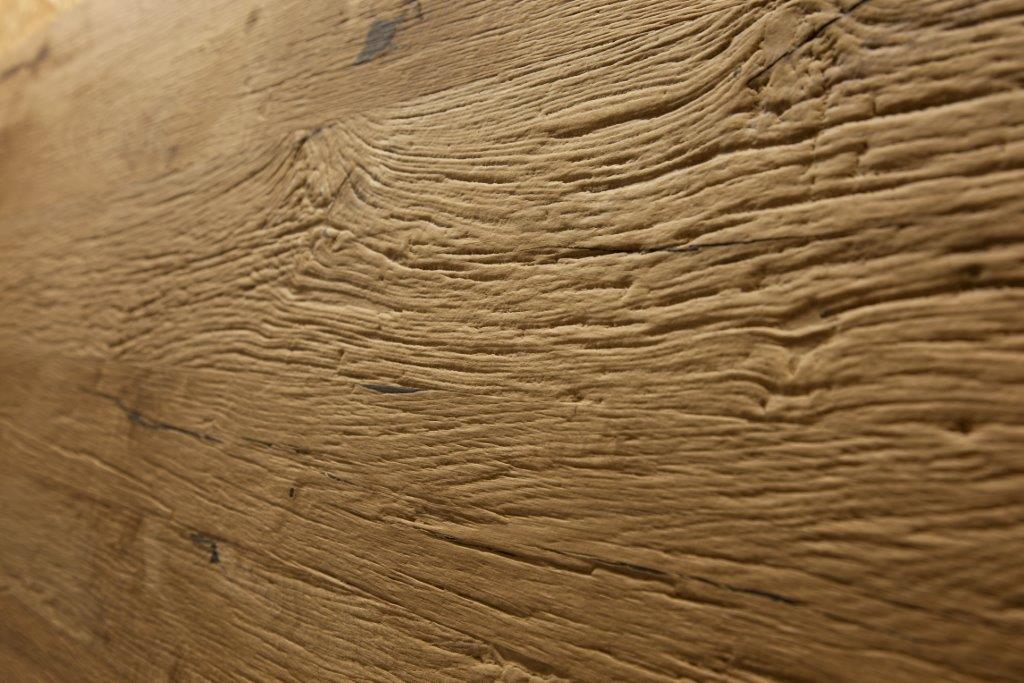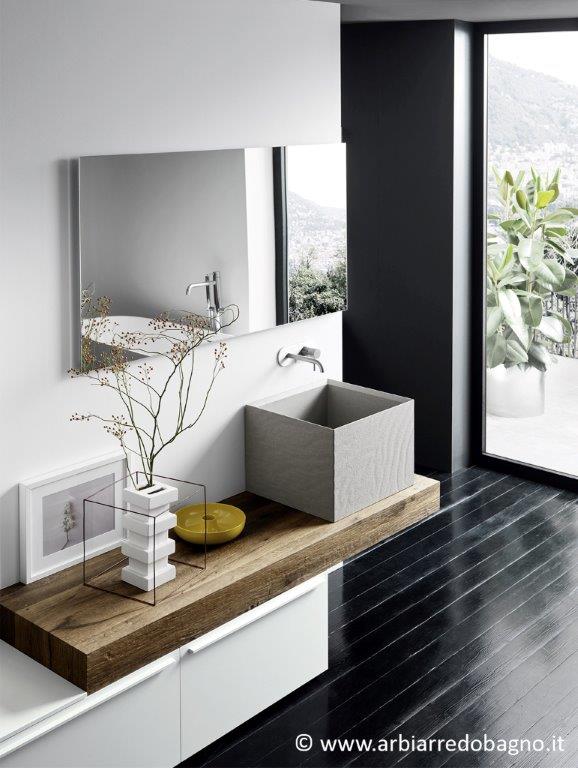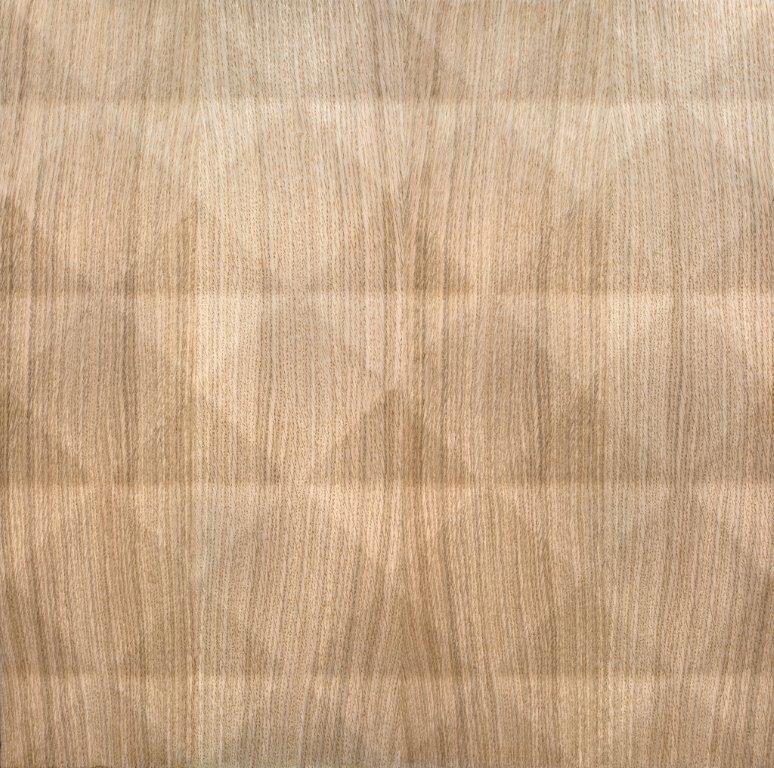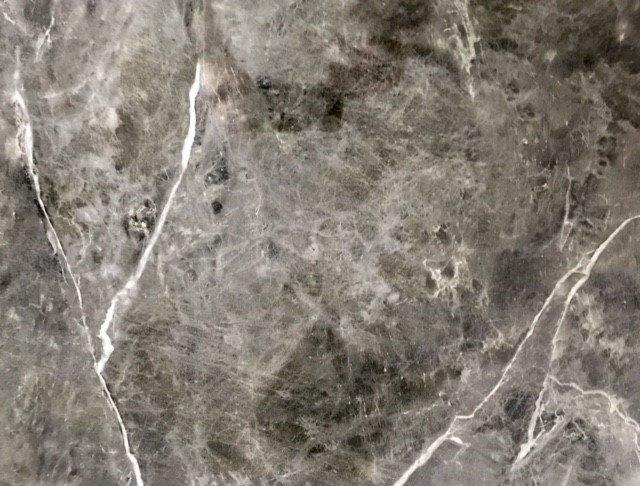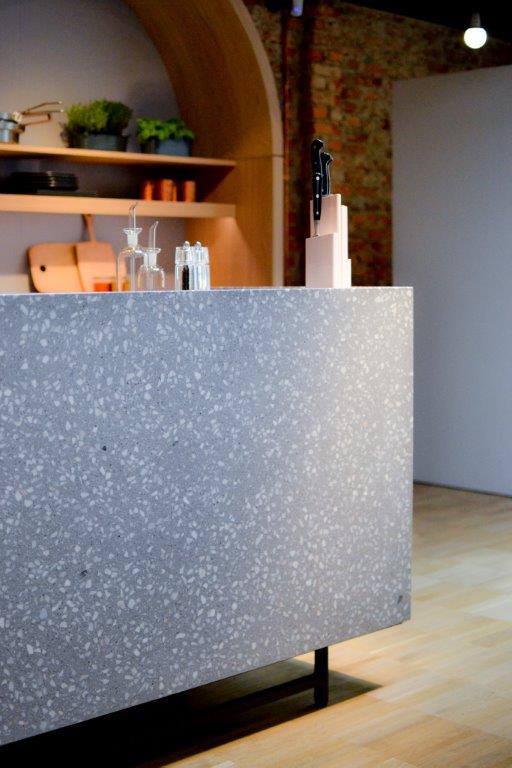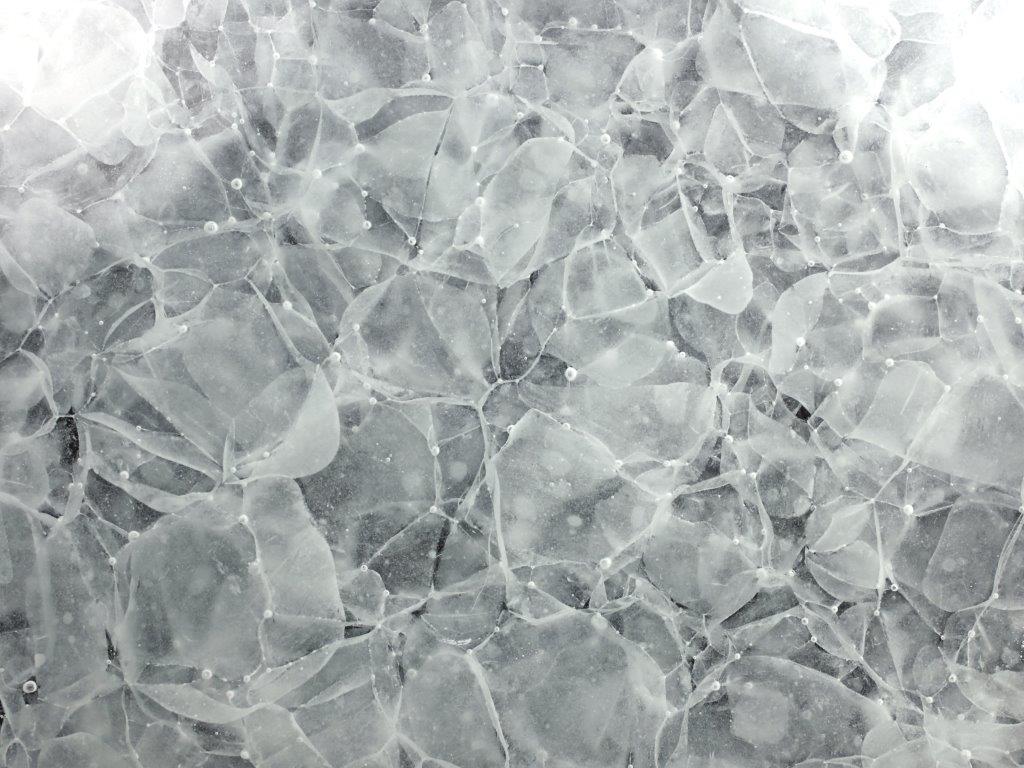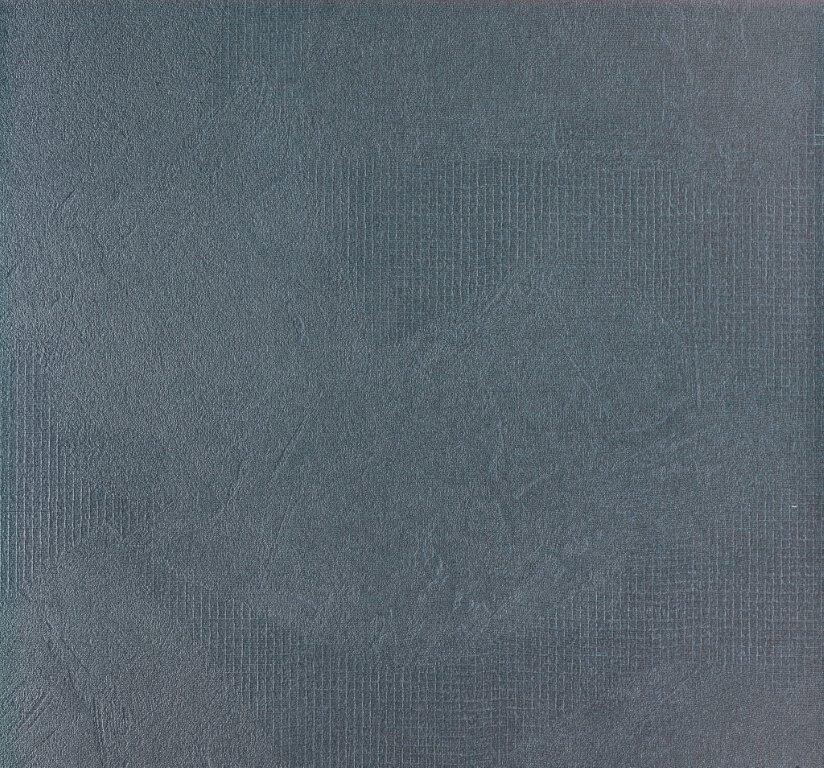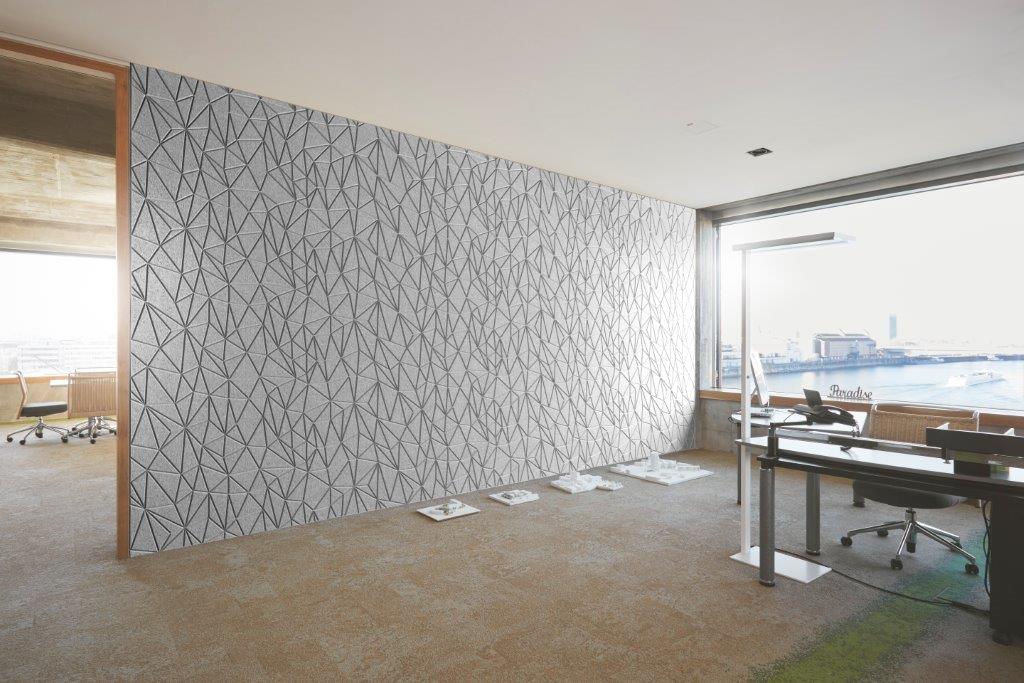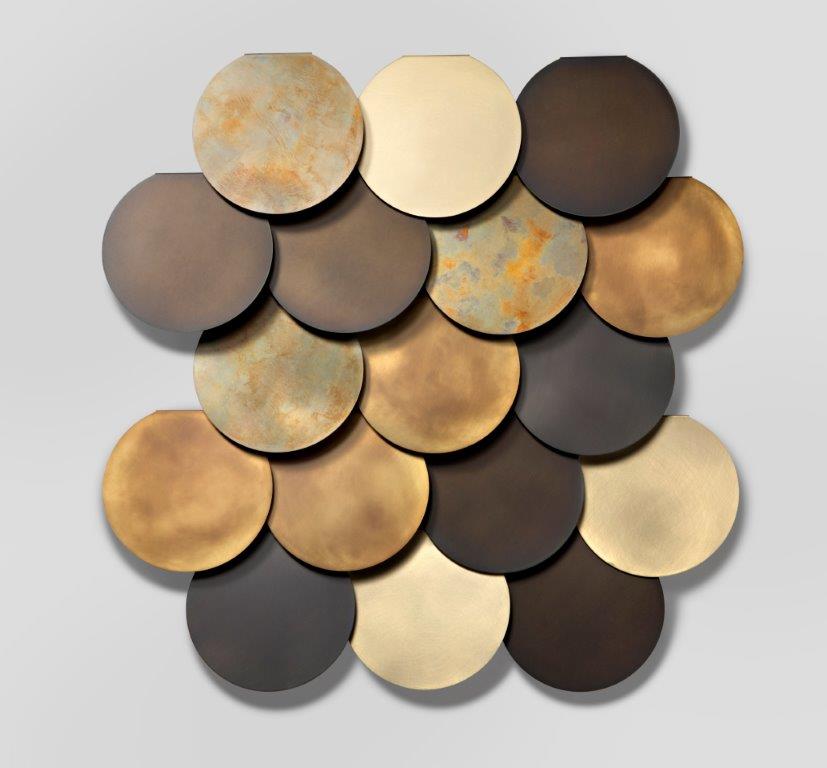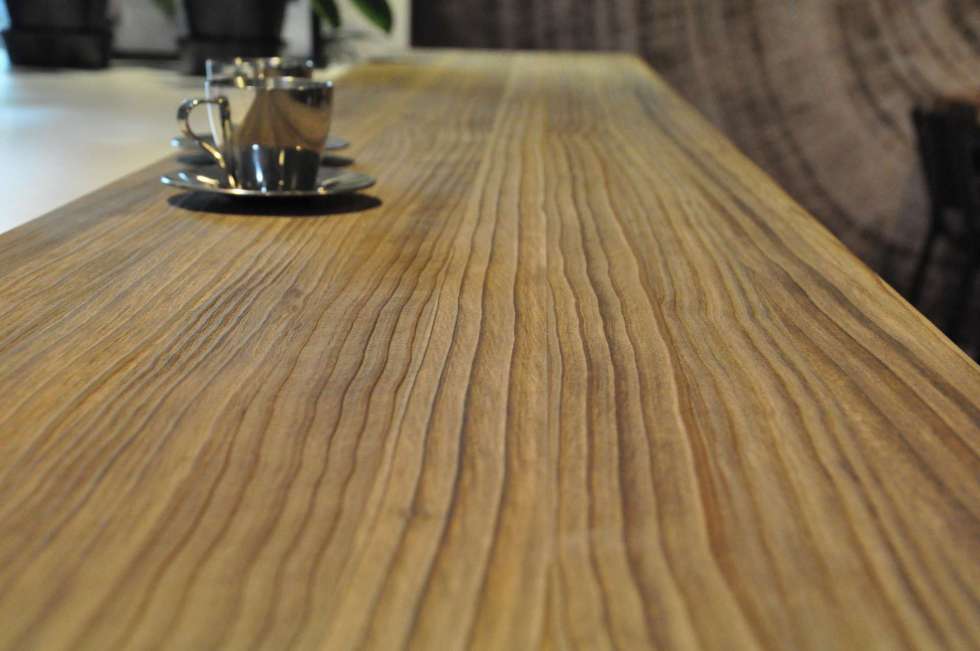
Best of all, we start with oak. If it’s not your favorite type of wood, it’s the favorite wood of your customers. For years. Oak is becoming scarcer, the price is rising. The solution? There we are already at the first trend!
Material trend 1: Wood meets high tech
Wood has been around for millions of years, but the material has never been as modern as it is today – renewable, sustainable. However, some types of wood were never as threatened as today. Designers and developers are therefore using high-tech methods to optimize the natural product for new applications and thus push into areas that would otherwise have to be filled with less sustainable materials. Coniferous trees mature within 25 years to a full-grown tree that provides much wood for processing, while an oak or a walnut for at least 80 years or much more need.
Needle forests can thus be harvested and bred faster, but softwood often does not withstand the strain. Therefore, with the help of intelligent process technology and with the aid of acids and colors, softwoods can now be transformed into hardwoods with corresponding possibilities. The Danish manufacturer Spekva, for example, produces worktops made of FSC-certified, golden brown softwood from the Monterey pine tree, which have the characteristics of oak and a great look through modification.

www.jgrabner.at 

www.europlac.de
Noble woods can also be used resource-saving as a veneer. But veneer is neither simple nor very flexible to work with. That is why the veneer manufacturers come up with a great deal to optimize adversities in processing and to find new uses. For example, the veneer specialist Schorn & Groh has developed fleece-backed veneers in many variants. These are suitable for multi-dimensional deformations, difficult substrates, acoustic applications and much more. Even maser veneers are so perfectly smooth and easy to work with. Together with clever wood-based materials as support materials, which are not only FSC certified, but also low in emissions, ecological and healthy living furniture and extensions can be produced.
However, veneers can also be made flexible with innovative vaporiser technology in order to be able to press them in a second step through a vacuum press in 3-D shapes. This has succeeded Europlac. The symbiosis of high-tech and nature creates a completely new appearance and signals to the viewer a modern approach to ecological standards. Especially in the shop design such a material handling does not miss its effect.
In addition, it is possible to further develop these “mold hybrids” or “refine” them with digital printing. Hereby trend features can be represented, which are not possible with a normal surface treatment.
Styles like old wood, Shabby or Nordic are feasible. Even structures such as sawn, hacked or planed, which normally require solid wood, are possible thanks to state-of-the-art calendering technology. Thanks to technology, the wood can now – ecologically valuable – be processed for high utilization. And that’s just the beginning of the new way of dealing with wood. Technology and ecology will continue to grow together over the next few years, bringing us new material ideas that keep an eye on the goal of sustainability.
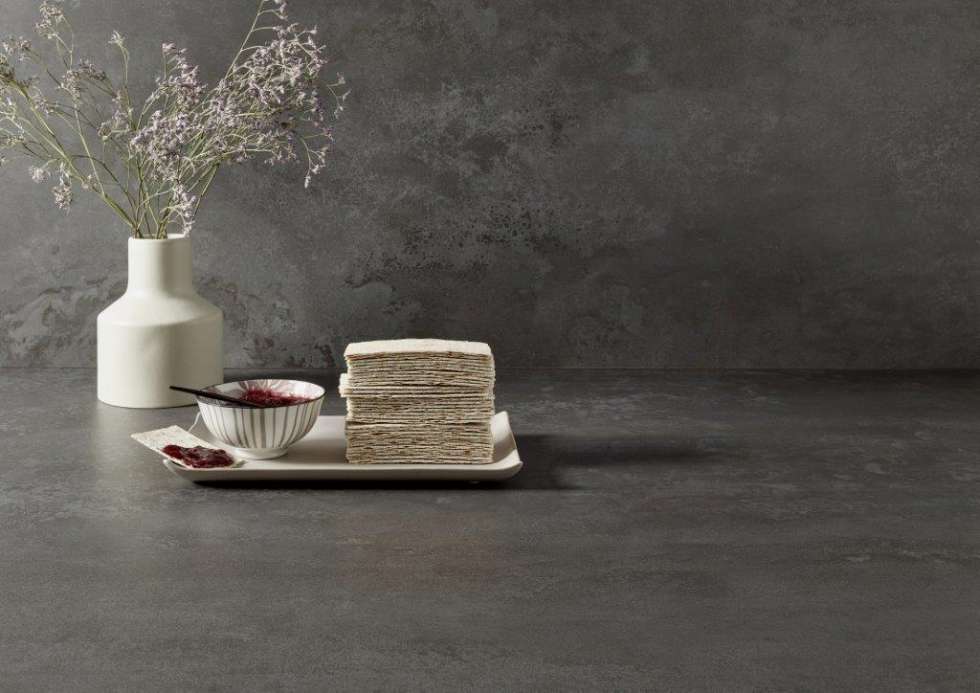
Material trend 2: Building material goes furniture
Now that concrete designs have turned into bestsellers in kitchen worktops, designers and trend-setters are now turning to other building materials that bring the new look to interior design and furniture: natural stone and marble are in vogue, and whoever’s too expensive now resorts to ceramic surfaces, which are designed with the most modern printing techniques.
It is striking that the countertops are no longer used exclusively as countertops, but also find their applications vertically in fronts, niche rear walls and side walls. They make kitchen blocks, reception counters and other partition elements seem massive and monumental. The special feature is that ceramic worktops offer ceramic worktops more than three meters in length to newcomers who were originally tile manufacturers and now have the opportunity to sell floors and furniture surfaces in one piece. This offers each interior designer a new variety of design, but also challenges the carpenter in the production.
But there is hardly any way to avoid these materials in the interior design in the coming years, so it is worthwhile to establish networks with stone-processing companies here.
Of course, the reproductions on laminate and directly coated carrier material will not be long in coming. There are already some novelties here, but surely in 2019 a lot of modern stone and marble optics will be added.

www.westag-getalit.de 
www.polarislife.it,
© Claudia Minari
www.magna-glaskeramik.com
And the subject of concrete also receives a modern and at the same time antique successor: the concrete terrazzo. This is back in fashion – on the one hand as a classic floor in mosaic form, on the other hand, it is now moving up walls and even furniture high and now comes after sink also as a plate material at niche back walls now in all surfaces of the interior and the furniture. In a modern look, based on natural coloring in earthy and gray tones, this historical material finds new fans in the young designers around the world and ends up in modern interior design, where it shows much respect for traditional craftsmanship and enduring values.
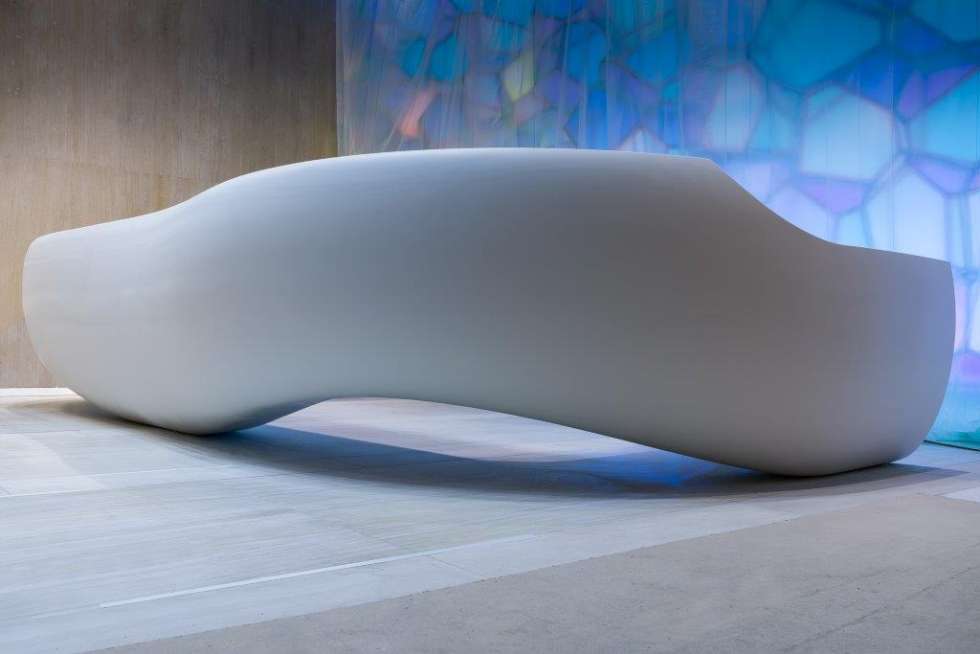
Material trend 3: Urbanity creates material
Whether felt products from recycled PET bottles or the industrial loft style with the new living room look: Cities drive material trends forward. As plastic office furniture is produced, which was fished out of the channels in Amsterdam (project: Plasticwhale), old cabinets from bulky refuse are processed and find their home in trendy restaurants or trendy shop fittings.
And even if hardly so much old material is available, as it is in demand, we also love the appearance and the thought of the supposedly old material in a new application. For example, metal meets velvety high-tech universities: black or multi-colored steel is processed as sheet metal, wire and especially as a square tube into lights, shelving systems and much more, which is supposed to represent the urban loft and industrial character and is still absolutely in demand.

www.swisskrono.ch 
www.benninghoff-design.com
© Thomas Ebert
www.decastelli.it
Colors such as mud, blue or black steel create a dark ambience. They are currently an indispensable part of the interior design trend world and are always in demand when addressing a young and hip target group. Faucets and sinks for hotels, kitchens and bathrooms are also increasingly black today, as are furniture and door handles. These often sit on the same colored surfaces and form with their carrier plate a tone-in-tone unit.
New materials with anti-fingerprint properties as well as the continuing boom to super-matt surfaces and velvety-soft haptics make it possible that plain surfaces even in white or in very dark shades to black on surfaces that have to cope with great demands , both in the project business as well as for private customers. Most of these high-tech surfaces can offer their scratch-resistance on both super-matt and high-gloss surfaces, so they increasingly move from vertical use to horizontal surfaces all the way to the floor.
At the latest kitchen fairs, these heavy-duty HPL and film materials were planned over the corner and, in addition to the work surface, also provided the material for niche rear walls, fronts and side elements. This results in new designs, furniture takes back, become interior design elements and are integrated in the architecture, which brings a desired effect of visual peace especially when living in the smallest space in the city. Solid colors on furniture and walls are also very popular.
Above all, in calm colors, such as white, black, beige-brown tones and gray-anthracite variants. These are complemented by elements made of natural wood, often in matching old wood look or with wickerwork as well as colorful, from all over the world blended furnishing accessories and textiles, which loosen up this urban style and allow highly individual design variety.
